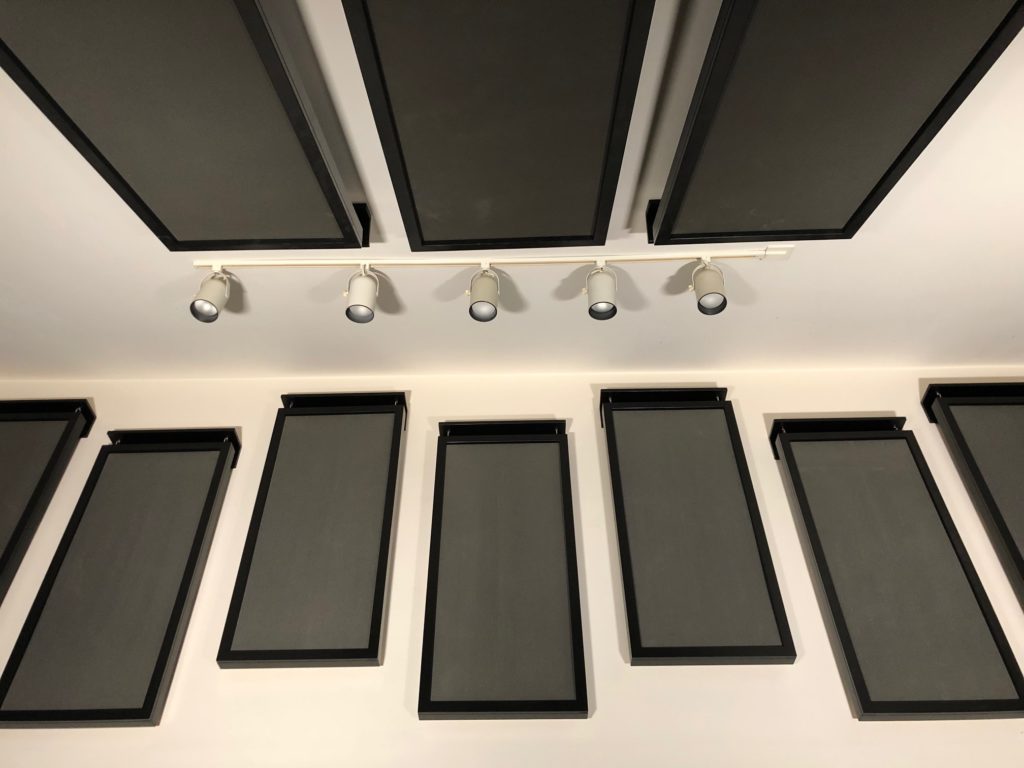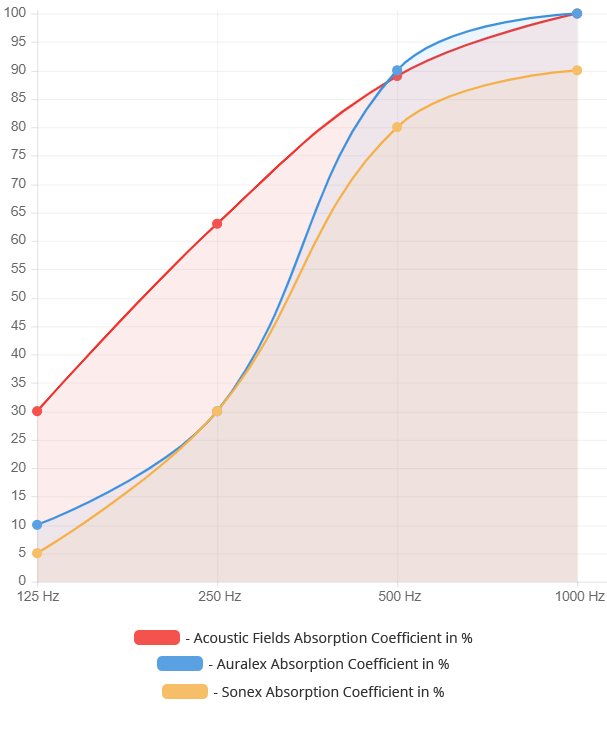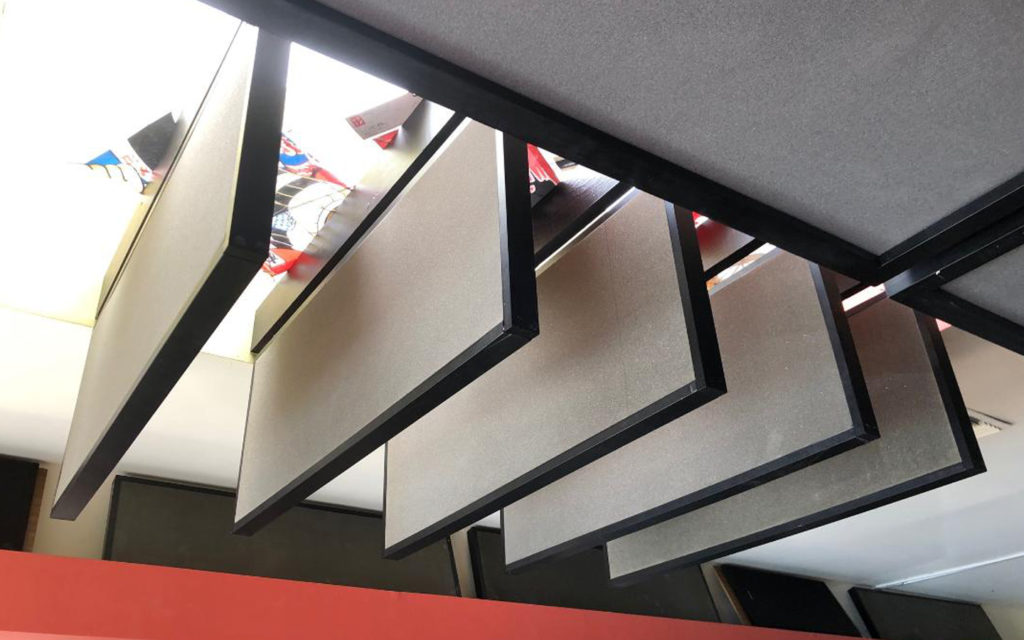
Table of Contents
Introduction to Ceiling Baffles
The search term ceiling baffles is baffling. What is a baffle and why is it on the ceiling? Let’s break apart these two words and see if we can reach some type of understanding about the search term ceiling baffles. When we are dealing with acoustics, the search term ceiling baffles usually refers to a sound absorption technology of some type.
The term baffle can have many meanings. It can be used as a barrier technology to reduce the transmission of noise from a noise source to a receiver. The term baffle can also be used to describe a sound absorption technology. One can see the confusion in the search term ceiling baffles. Are we absorbing sound energy or are we trying to mitigate the transmission of noise from a noise source such as traffic to ourselves within our rooms.

Airtight Sealed Containers
If we are using the search term ceiling baffles to mitigate the transmission of noise, we are not using or thinking correctly. There are no hanging units that can reduce noise transmission. Reducing noise is a permanent construction fix that must be built with the goal of designing and building a container that does not leak. Noise is like water. It will find the weakest link and go through that area.
This is why no ceiling baffle or any other type of hanging unit will be effective at reducing noise transmission. When you are dealing with noise, everything must be airtight. When you are thinking about noise you need to think about building a sealed container that is designed with the proper materials along with a construction methodology that favors the frequency and amplitude of the noise issue.

Optimizing Sound Absorption for Room Usage
If we are using the search term ceiling baffles to describe a sound absorption requirement, then we must consider a number of issues. The first consideration must be the usage of the room. What are we trying to do within the room? Are we using just vocals or are we playing and recording drums. Rooms only see energy so we must use sound absorption material types that can effectively deal with the energy within the room.
The next issue we must look at is the rate and level of absorption that is exhibited by the sound absorption technology. Not all rates and levels of absorption are conducive for all usages. Drums produce much more energy than vocals. We must choose the correct rate and level of absorption to match the usage within the room.

Considering Rate and Level of Absorption
The two main variables we must consider when working with any sound absorption technology are the rate of absorption along with the level of absorption that the chosen technology exhibits. The rate of absorption is how much energy is absorbed at what frequency. The level of absorption is how low in frequency does the chosen technology work at.
The technology must go low enough and get enough, so we can have a tool that will address the absorption requirements that the frequency range within the room is going to be used at. There must be a smooth and linear relationship to the performance the technology exhibits and the frequency range of energy within the room itself. You do not want a technology that absorbs too much energy at certain frequencies and not enough at others.

Acoustics: Plan, Treat, Succeed!
The bottom line when it comes to any acoustical project is to have a strategy. In acoustics, people don’t plan to fail, they fail to plan. You must decide what your acoustical objectives are going to be. The acoustical objectives are based upon the usage of the room. Since the room only sees energy, we must calculate how much energy is going to be placed within the room along with the frequency of that energy. A room with an usage that deals with lower frequency energy will require a different treatment strategy than a room that deals with vocals.
Lower frequency energy pressure waves require a much different technology to treat than a room that is going to be used for just vocals. If you develop a strategy and follow through with the appropriate type of treatment, the amount of treatment your usage will require, and the proper positioning of that treatment you are going down the correct path. At Acoustic Fields, we have processes that can assist you with any design strategy.







